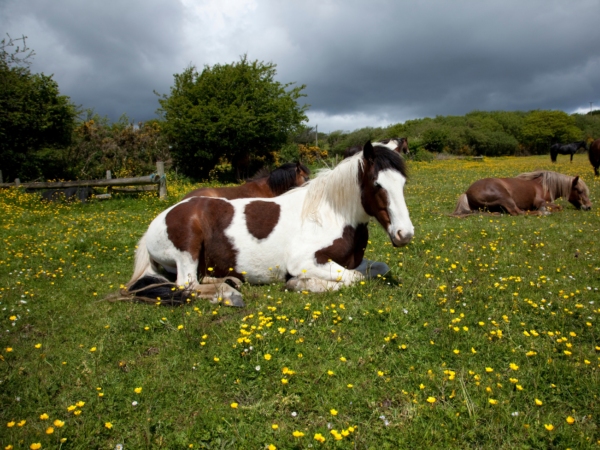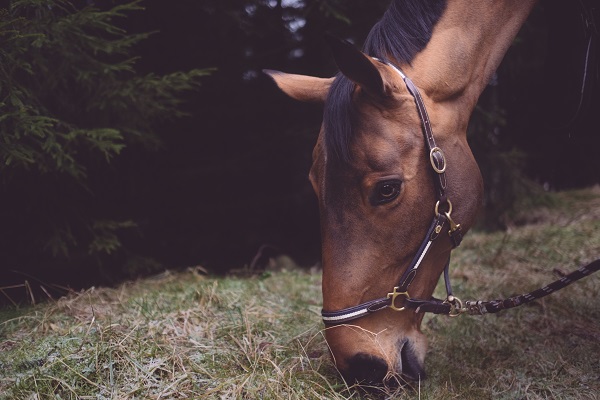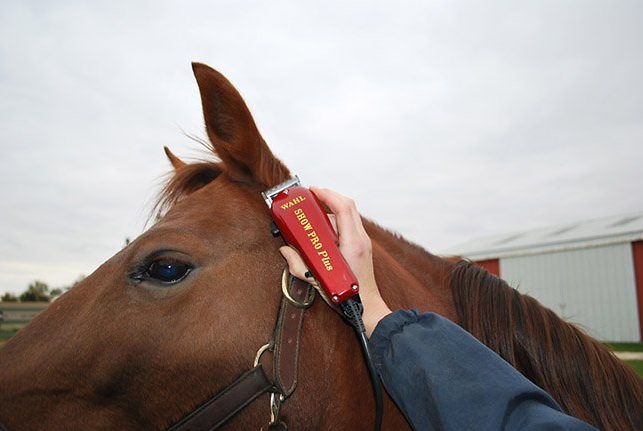Thrush – What it is, How to Prevent it, and How to Treat it
Thrush is a very common bacterial infection that attacks the bottom of horse’s hooves.
Left untreated it can be very dangerous, but luckily there are easy ways to prevent, and treat thrush infection in horses.

What is Thrush?
Thrush, very basically, is an anaerobic bacteria infection.
Because horses’ hooves are constantly in contact with mud, dirty stalls and wet conditions and kept in the dark, thrush is very common.
Even if your horse does not stand in mud or wet, the crevices along the side of the horse’s frog, or any holes or pockets in the surface of the frog are perfect places for bacteria and fungus to thrive.
You will recognize thrush by a very distinctive foul odor, and if your horse’s hoof has black or white flakes when you pick it out with a hoof pick – this is dead cells sloughing off.
In severe cases, this infection can get into the white line of the hoof – the line where the hard outer laminae of the hoof wall and the soft laminae meet.
If the infection gets deep enough into the frog tissue or sensitive tissue of the white line your horse could show signs of lameness.
How to Prevent Thrush
Since we know thrush is caused by moisture and darkness, the best prevention for thrush is to keep the hoof dry and exposed to air or light as much as possible.
If your horse begins to have thrush, the best way to stop it and cure it is to pick his hooves twice a day and move him to dry environments if at all possible, like a stall or dry lot.
As a horse owner, it’s best practice to pick your horse’s feet daily. Check out our post on how to properly clean a hoof.
How to Treat Thrush
In mild cases, simply picking out the hooves twice a day will expose the dark and wet parts of the hoof to dry air and cure the thrush.
If simply keeping the hoof dry and clean isn’t enough, treating the hoof with bleach or hydrogen peroxide is the next step.
Dilute both in water – one cup of bleach or hydrogen peroxide to one gallon of water – and either soak the foot daily, or squirt it into the affected areas on the hoof after you’ve picked it out really well.
You may want to wrap a bit of cotton around your hoof pick to get into the nooks and crannies along the sides of the frog and really dry them out.
There are also over-the-counter thrush treatments such as Mane and Tail Thrush Treatment or Mustad’s Thrush Buster.
If over the counter treatments don’t work, or your horse is showing signs of lameness, it’s time to get your vet involved.
Your vet may prescribe a round of oral antibiotics, or cut away some of the frog and sole to reduce the contact with the ground.



